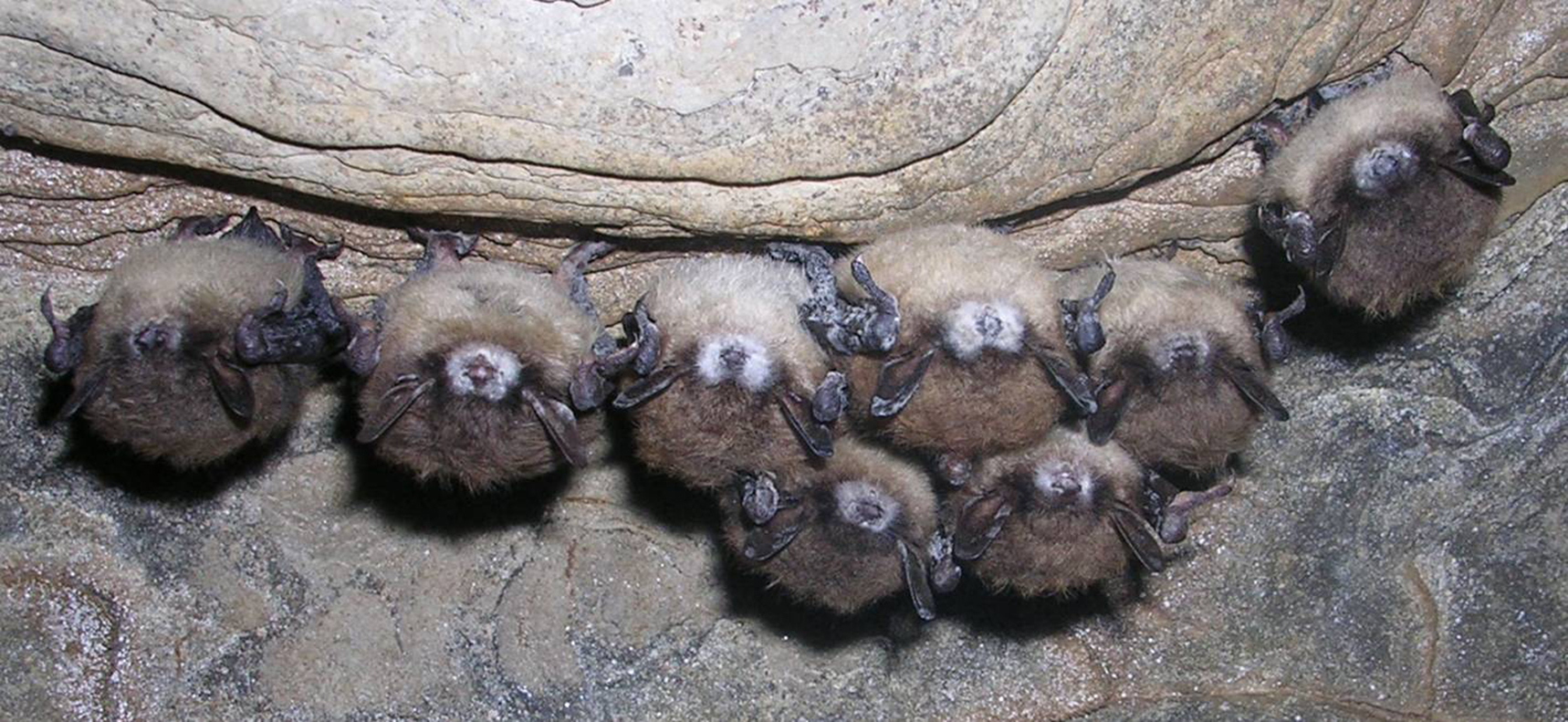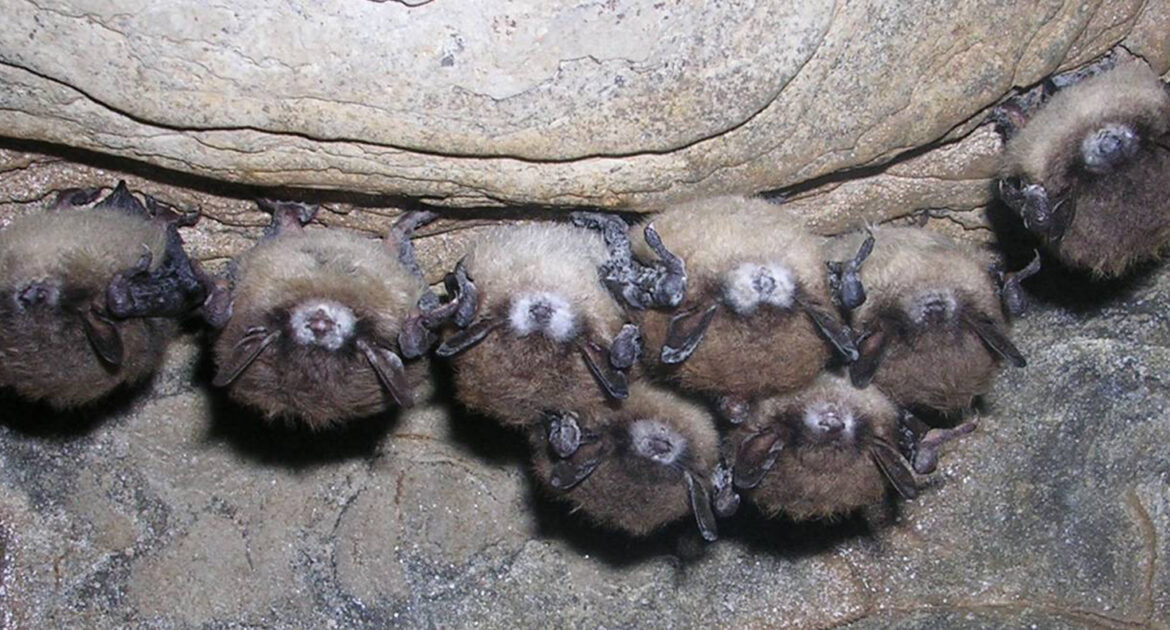There is a great deal of urban legend and myths surrounding bats, thanks to Hollywood and Halloween, but bats are not our enemy. In fact, they do a lot of good. Without them, crops would suffer from insect infestations or lack of pollination, and you’d have to fend off even more bug bites every summer. Though bats are good for our ecosystems, you don’t want them in your home. If you discover one or a colony, contact the experts for humane wildlife removal in Barrie.
Many bats are endangered or threatened. Without successful reproduction, the world stands to lose species to extinction. To many people, bats look like rodents, so they may assume that they breed like rodents: quickly and often. However, this nocturnal critter is actually a mammal, and it reproduces like a mammal.
A Tale of Two Bats
Bats are social creatures and live in colonies, but these groups are often segregated into males and females. Colonies range in size from a few individuals to 15 million in the world’s largest colony, located in Bracken Cave outside of San Antonio, Texas. Even in big groups, the males and the females may congregate with others of the same sex, effectively separating the two sexes.
In our part of the world, the bat reproduction tale begins in the fall. Males perform special mating calls to attract a female. These calls can consist of a series of clicks, purrs or buzzing sounds. The bat love story is short-lived, and once a male successfully mates with a female, he’s off again looking for his next mate. The females store the sperm, keeping it safe for a later date. When the temperatures drop, bats go into hibernation.
A Pup’s Story
Reproducing females band together during the winter hibernation period. In the spring, the mother-to-be releases the stored sperm to fertilize the egg. For most species, gestation lasts from six to nine weeks. In May or June, pregnant females give birth to one baby, called a pup. Occasionally, bats have twins.
Since bats are mammals, they give birth to live young. Unlike other mammals, they do so while hanging upside down, catching them before they fall to the ground. These little ones are entirely dependent on mama bats for their food and protection. Mama bat has to catch thousands of insects to provide enough nutrients to her nursing pup. At three weeks, pups start learning how to fly, and at six weeks, they’re beginning to catch their own insects.
A Place To Call Home
Bats reproduce once per year and generally give birth to just one pup. Their reproduction rates are lower than many other animals, so the mothers are highly invested in their offspring’s survival. Your attic provides maternal colonies with a perfect environment for raising their pups. It offers shelter from the weather. It is also safe. When the mothers head out to feed, their little ones remain behind in a place that provides them with protection from predators.
Bats are protected species, making it illegal for homeowners to harm or kill them. Safe and humane bat control requires experts who have the knowledge and skills to get the job done. It’s also all about timing. Bat removal isn’t possible when pups are too vulnerable to be moved or during the hibernation period. However, bats can cause damage and spread illness, so it is essential to get help removing any bats as soon as possible.
A Company To Call for Wildlife Removal in Barrie
If you discover bats in your attic, Skedaddle Humane Wildlife Control is here to help. We’ll assess the colony to determine the best time to remove the bats safely. Once our technicians are certain every bat is gone, they’ll clean up the mess left behind and seal off entries to prevent future incursions. When you need help with bat control, get in touch with us to schedule services.




